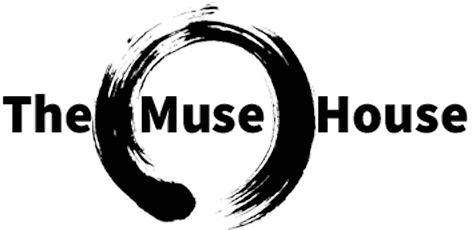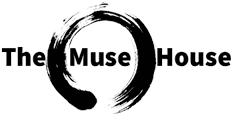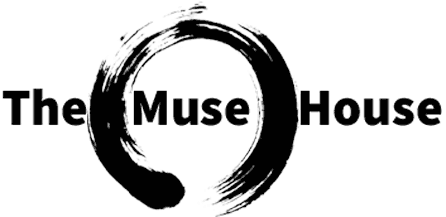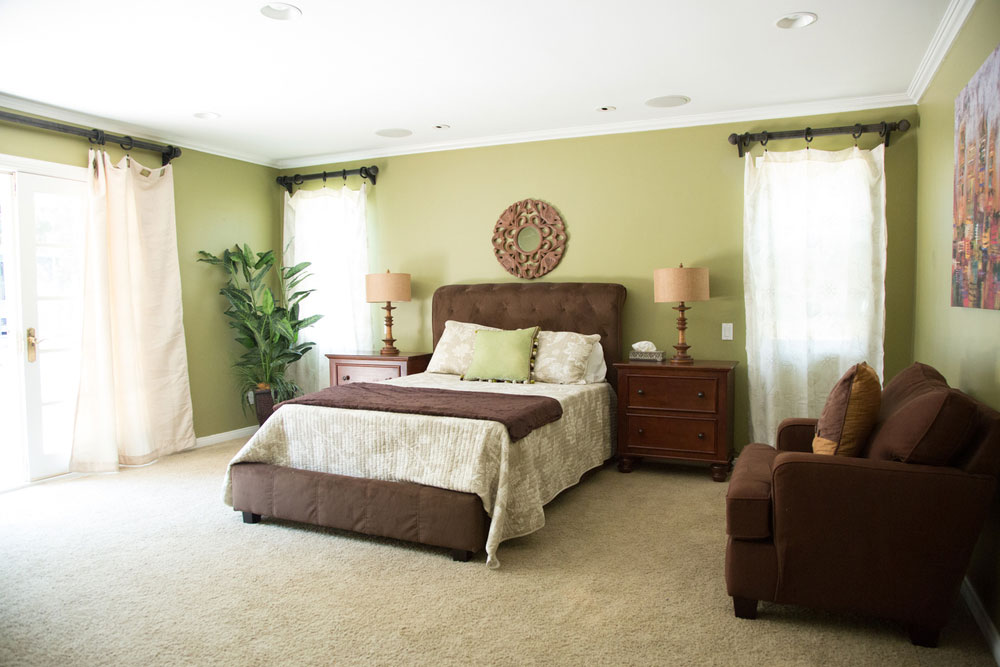Drug and Alcohol Treatment That Works
What sets THE MuSE HOUSE apart from most programs, is the daily therapeutic activities that are an important part our client’s overall treatment. With focus on physical, emotional and mental well being, there is a dramatic change to not only the length of sobriety, but more importantly, the quality of our clients ongoing sobriety.
Having engaging and enjoyable experiences while you heal, is an important element in learning how to live again. And since treatment from chemical dependency requires an in-depth shift in how we approach our daily lives, these activities, no matter how trivial, and hopefully fun they may seem, all play a part in your recovery. Some of the many activities within our program consist of:
- Acupressure and Massage
- Acupuncture
- Adventure Therapy
- Art Therapy
- Chemical Dependency Counseling
- Continued Care IOP at MuSE Beverly Hills and MuSE Encino offices
- Equine Therapy
- Hypnotherapy
- Life Counseling
- Marriage and Family Therapy
- Meditation Therapy
- Physical Fitness
- Psychotherapy
- Spiritual Counseling
- Yoga
Residential inpatient treatment is often the catalyst enabling many addicts and alcoholics to begin embarking on a journey toward a new way of living. First and foremost, it affords the individual the benefit of living within a temporary protective shield between them and the often overbearing temptations of day to day living. While some people may have the ability to draw a line in the sand upon reaching a certain level of pain and misery resulting from chemical dependency, many others are simply unable to adhere to their heart’s wishes and will inevitably, time and time again fall victim to temptation.
The unique hybrid method we employ at THE MuSE HOUSE is one that blends numerous approaches for inhibiting the likelihood for certain barriers to exist, as they so commonly do in traditional, singular approach drug rehabs. Consequently, patients at our facilities often achieve successes never before experienced, resulting from such methods as:
- Monitored Neuro Cognitive development program
- Blended 12-Step and non 12-Step approaches
- Integrative holistic therapies
- Customized therapeutic approaches
- Specialized fitness programs.
- Enhanced life reintegration techniques.
- Intensive relapse prevention counseling.
- Individualized nutrition, cuisine and supplemental programs.
- Experiential therapies
- Ongoing support and sober community involvement
- Psychiatric and medication management
We Save Lives Everyday
Our Proven Process Produces Results
1. ASSESSMENT
Proper assessment is key and the honesty necessary can be a challenge. Facing reality with a licensed doctor is a great start.
2. PLAN
The treatment counselor’s job is to turn the assessment into the most effective treatment plan possible.
3. TREATMENT
The heart of a good program and why 30 to 90 days of treatment is recommended. It is a lot of work to reverse what can be many years of self medicating.
4. TRANSITION
Learning what to expect and how to handle real life situations including the threat of relapse is an important part of the recovery process.
5. ACCOUNTABILITY
Following up with clients and making sure they have all the resources they need to continue to live life free of dependence. This is where it all pays off.
Naltrexone Treatment Blocks Opiate and Alcohol Cravings and Effects
Quitting heroin or opioid pain medications like Oxycodone is nearly impossible without proper treatment. There are many approaches to combat these types of addiction including: family therapy, counseling, 12-step programs, meditation, holistic approaches, diet and exercise, counseling, massage and others. No two individuals are exactly alike and a multi-faceted approach is often the best way ensure success in any treatment program.
Clinical studies have shown that the most effective method for helping a person to kick heroin or opioids should include medication-assisted therapy. Medications like Buprenorphine, Methadone or Suboxone may be used to help wean an individual off opioids or heroin while easing the symptoms of withdrawal and helping with cravings. Unfortunately, these medications are actually opioids themselves and pose a high potential for abuse and theft. In fact, Methadone is one of the leading causes of fatal overdoses in the United States. Nearly 1/3 of fatal opioid overdoses in the US involve Methadone. Although these types of medications can be highly effective at treating addiction, doctors are often reluctant or unable to prescribe them because of tight government restrictions which limit their use.
Naltrexone is a different type of medication-assisted therapy. Naltrexone was first approved by the FDA in 1984 and later re-approved as an injection in 2010. Naltrexone is not an opioid and poses no risk for abuse and has no serious or common side effects. Naltrexone works by blocking the effects of heroin opioids and alcohol on the body. Clinical studies have shown that Naltrexone will reduce and often eliminate cravings. Even if the individual relapses, Naltrexone blocks specific receptors in the brain which prevents the user from getting high. Many users report that Naltrexone will reduce obsessive thoughts to use drugs or drink within just a few hours of starting the medication.
A recent study conducted by the Perleman School of Medicine at the University of Pennsylvania which was published in the New England Journal of Medicine showed that Naltrexone was more effective in preventing relapses than Methadone and several other common opioid medications. The study found that Naltrexone reduces the chance of having a fatal overdose. No one who received in Naltrexone in the Perleman study experienced an overdose, even 18 months after the experiment had ended.
A new form of Naltrexone which can be given as an implant can provide several months of relief with a single treatment. The Naltrexone implant can be administered in a safe 15-minute procedure using a local anesthetic. The implant is inserted just under the skin of the arm or abdomen, similar to some common forms of birth control which are currently on the market in the US. The Naltrexone implant slowly dissolves over time, delivering a steady dose of medication. The Naltrexone implant eliminates the need for daily pills or frequent doctor visits. With the Naltrexone implant, the patient can’t forget to take their medication. Clinical studies have shown that long-term outcomes for individuals who use Naltrexone are actually better than those who receive Methadone or similar opioid medications.
“Naltrexone blocks the euphoric and sedative effects of drugs such as heroin, morphine, and codeine. It works differently in the body than buprenorphine and methadone, which activate opioid receptors in the body that suppress cravings. Naltrexone binds and blocks opioid receptors, and is reported to reduce opioid cravings. There is no abuse and diversion potential with naltrexone. If a person relapses and uses the problem drug, naltrexone prevents the feeling of getting high.”
– Substance Abuse and Mental Health Services Administration (SAMHSA)
The Muse House Offers Naltrexone Treatment
Because It Is Incredibly Effective
Contact Us Now for a Confidential Consultation
We will help you through this










